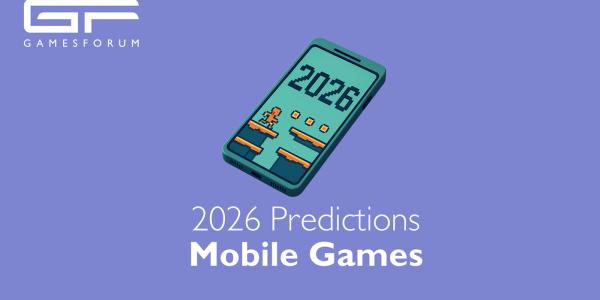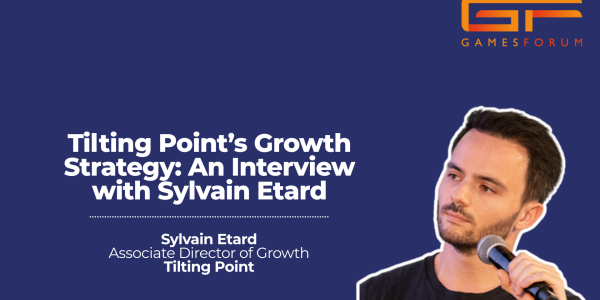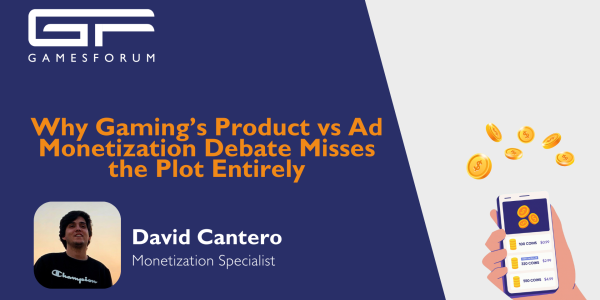Navigating the complexities and controversies of hybrid monetization in mobile gaming
Developers are increasingly turning towards hybrid monetization models - a calculated blend of in-app purchases and in-app advertising - as a strategy to secure the lifeblood of their creations. This approach, while not entirely new, is gaining momentum as the industry seeks to diversify its revenue streams and mitigate the risks inherent in relying too heavily on any single source of income.
At the heart of hybrid monetization lies a dual strategy. On one side, in-app purchases offer players the opportunity to enhance their experience through the acquisition of virtual goods, from cosmetic items to powerful upgrades. On the other, in-app advertising generates revenue every time a player views an ad, whether it be a short video, a banner, or a more integrated form of content. This dual approach allows developers to cater to a broader audience - those willing to spend money directly and those who prefer to engage with ads.
The appeal of this model is clear. For developers, it means not having to choose between the quick returns of advertising and the potentially higher long-term revenue of in-app purchases.
The hybrid model maximizes revenue by appealing to different player segments and seems like the obvious choice, however, there are complexities to consider. In this article, we’ll take a look at some of the challenges, such as balancing monetization without alienating users, managing expectations, and the increased development demands that come with catering to both free and paying players.
Towing the line between engagement and exploitation
For many within the mobile games industry, the goal is to engage users and, where possible, convert them into paying customers. This is the business model of free-to-play games - that’s fairly obvious. But what happens when the model shifts from engagement to manipulation? Games that incentivize spending with "limited-time offers" or use microtransactions to remove gameplay limitations risk exploiting the psychological triggers that encourage compulsive behavior. Such tactics, which can blur the line between enjoyable play and relentless pressure to spend, are being increasingly called out by industry critics and consumer watchdogs. Loot boxes, for instance - randomized in-game rewards purchasable with real money - have been compared to gambling, triggering calls for regulation in multiple countries.
Players, particularly vulnerable ones, are often enticed into spending without a full understanding of what they’re paying for. In many cases, the design of mobile games intentionally capitalizes on psychological mechanisms like loss aversion or the fear of missing out. These mechanics can compel players to make purchases out of a perceived necessity, rather than genuine desire.
Effective hybrid monetization
COD Mobile is a good example of a game that effectively, not intrusively, integrates a blend of monetization strategies. According to Udonis, the primary revenue source is in-app purchases, especially through COD Points, the game’s premium currency. Players use these to buy a wide range of items from the store.
The in-game store is extensive, offering a variety of purchases tailored to different player preferences: weapons, loot boxes, bundles, XP cards, cosmetic items, and soft currency.
From the outset, players encounter the game’s battle pass system. There’s a free option, as well as two premium tiers priced at roughly $6 and $12. Both paid tiers offer additional content, weapons, and cosmetics. Introducing the battle pass so early is uncommon, but it serves a purpose. By seeing its advantages early on, players become accustomed to the benefits, increasing the likelihood of upgrading to premium as they progress.
For players not inclined to spend, Call of Duty: Mobile offers a way to engage with ads, specifically rewarded video ads. A small "watch" icon labeled "free" on the home screen leads players to a lucky board. Here, they can watch ads in exchange for coupons, which allow them to draw for various items - a game of chance that’s appealing for its unobtrusiveness and its element of luck.
Despite the array of monetization tactics, the game avoids the feeling of being pay-to-play. None of the purchases or rewards offer significant boosts to player progression. Yet, players are still drawn to them, whether for cosmetic items, the battle pass, or small perks. The game offers something for everyone, ensuring a balanced experience.
Transparency and ensuring player trust
At the heart of the ethics debate is the issue of transparency. How much should players know about what they’re paying for? Many mobile games rely on opaque monetization structures, where the true costs of progression are not clear until after a player has made a significant investment of time - or money. There are games where players can sink substantial sums into microtransactions without fully realizing the long-term financial implications. Critics argue that developers have an ethical obligation to provide clear, upfront pricing and to ensure that in-game purchases are reasonable and proportional to their value.
Transparency also extends to advertising. In many mobile games, ads are presented as an optional way for players to progress or receive in-game rewards. But are players aware of the data being collected as they engage with these ads? And how much control do they really have over how ads are integrated into their gameplay experience? The relationship between user consent, data privacy, and monetization is increasingly fraught as players begin to question the trade-offs they make when engaging with "free" games.
The "pay-to-win" dilemma
Perhaps the most visible ethical dilemma in mobile game monetization is the debate over "pay-to-win" mechanics. Games where players who spend money gain significant advantages over those who do not threaten to undermine the very idea of fair play. These mechanics create a divide in the player base, favoring those with the means to spend freely and marginalizing those who prefer - or can only afford - to play for free. The result is a two-tiered system where competitive balance is disrupted, and the social aspects of gaming are weakened as players are pitted against one another not by skill, but by their willingness to open their wallets. This can be particularly frustrating in multiplayer games, where fairness is a key component of the experience.
The relationship between user consent, data privacy, and monetization is increasingly fraught as players begin to question the trade-offs they make when engaging with "free" games.
When implemented thoughtfully, however, monetization strategies can offer opportunities to enhance gameplay without compromising fairness. Optional purchases can be designed to provide cosmetic items, time-saving boosts, or other non-competitive features that allow players to personalize their experience without disrupting the game's balance. By striking the right balance, developers can create a sustainable revenue model that supports ongoing development and keeps the game free for the broader player base, ensuring that both paying and non-paying players can enjoy a rewarding and engaging experience. This approach helps preserve competitive integrity while offering players the flexibility to invest in the game on their own terms.
Ethical implications for younger audiences
The ethical debate takes on an even more serious dimension when considering the impact of hybrid monetization on younger audiences. Children and teenagers often lack the financial literacy to fully grasp the implications of in-game purchases, making them particularly vulnerable to manipulative monetization tactics. Many mobile games are designed to appeal to younger demographics, yet they include features like loot boxes, limited-time offers, and cosmetic items that encourage spending.
Regulation in this area is already on the rise, with several governments beginning to impose restrictions on in-game purchases aimed at children. Belgium, for instance, has banned loot boxes altogether, citing concerns that they constitute a form of unregulated gambling. Other countries are following suit, recognizing the need for stricter oversight in how games monetize their youngest players.
Final thoughts
In mobile gaming, monetization isn’t just a layer to be slapped on once the game is nearly done. It must be woven into the fabric of the game from the very start. Developers who get this right think about how revenue generation will fit within the gameplay itself, not detract from it. The strategy must sit side by side with the design, complementing rather than competing with the player’s experience.
When you approach a game - whether it's a hyper-casual title or a narrative-rich RPG - you have to draft both your primary and secondary monetization methods early on. For some games, this will be in-app purchases; for others, ad placements. Whatever the model, it should align with the genre’s expectations without disrupting the player’s flow. Candy Crush is a game where ads don’t dominate; you progress through skill or a bit of spending. In contrast, hyper-casual games like Archero combine light, skill-based gameplay with rewarded ads and in-app purchases to maximize both player engagement and revenue streams.
But you can't leave it there. You have to keep watching - always. Continuous testing in the beta phase is essential. This is where the game shows you its real shape: where players get stuck, what frustrates them, and where the balance tips too far toward profit over play. Monitoring performance at this stage allows developers to refine their approach, making small adjustments that improve the player's experience while still meeting financial goals.
In the end, it’s all about balance. A hybrid model that skillfully blends multiple revenue streams without tipping into frustration is the key. Developers must maintain the delicate mix of strategies, ensuring that neither in-app purchases nor ads overwhelm the game’s true essence. Across genres, those who succeed in this balance will find their games thriving - both in the eyes of their players and their bottom lines.













